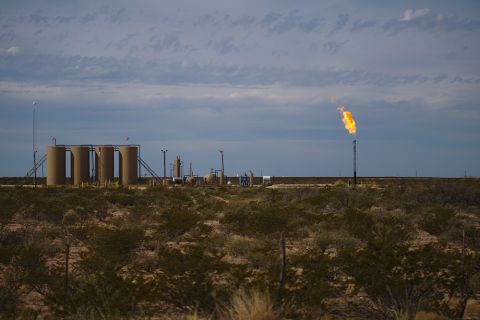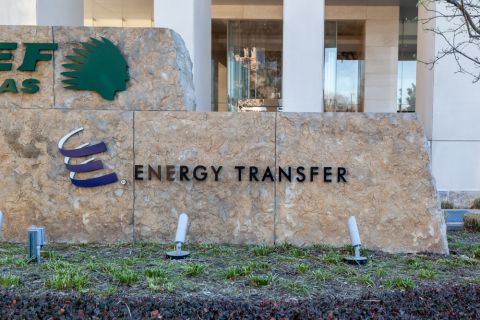The Securities and Exchange Commission has finally proposed a revamp of the way it allows E&P companies to report their proved, probable and possible reserves estimates. This is long over-due--about 25 years and "an extended-reach well that's been frac'ed" overdue. Industry has long argued that due to technology advances since the 1970s, when the SEC last updated its reserve-reporting standards, the definitions of proved (P1), probable (P2) and possible (P3) reserves are much easier to derive, and more accurate. Production from P2 reserves has become more likely as well. Asset buyers have recognized this in spades, paying more for proved undeveloped reserves than ever before, and assigning more dollar value to the P2 and maybe even P3 categories as well. "To maximize value, package up all your production, PUDs and probables," advised Kayne Anderson's Chuck Yates at the Cosco Private Capital for Energy Forum in 2005. "You'll get more than by just selling your production. These serial buyers will pay for your probables." Now the stock market will too. Imagine the changes upward in all numbers as E&Ps in unconventional plays bring their vast P2 and P3 estimates onto their reserves reports and 10Ks! Now that which CEOs spoke of in their presentations can move from being grand statements of optimism to real numbers on a page. This changes the landscape. Those multi-trillions of cubic feet of gas that Petrohawk CEO Floyd Wilson speaks of in the Haynesville, and Ultra Petroleum CEO Mike Watford speaks of in Jonah Field, Wyoming, seem more than a distant promise now. In-house reservoir engineers and third-party groups like Netherland Sewell or Ryder Scott will have their hands full, drilling deeper into the data and estimates on P2 and P3 reserves. Investors and analysts will be like kids in the candy store, once they start pouring over this new data. Disappointments and surprises will no doubt surface, but for most E&P companies, this SEC change is good news that will lead to increased valuations. --Leslie Haines, Oil and Gas Investor, Editor in chief, lhaines@hartenergy.com
Recommended Reading
Pembina Pipeline Enters Ethane-Supply Agreement, Slow Walks LNG Project
2024-02-26 - Canadian midstream company Pembina Pipeline also said it would hold off on new LNG terminal decision in a fourth quarter earnings call.
Waha NatGas Prices Go Negative
2024-03-14 - An Enterprise Partners executive said conditions make for a strong LNG export market at an industry lunch on March 14.
Energy Transfer Asks FERC to Weigh in on Williams Gas Project
2024-04-08 - Energy Transfer's filing continues the dispute over Williams’ development of the Louisiana Energy Gateway.
Canada’s First FLNG Project Gets Underway
2024-04-12 - Black & Veatch and Samsung Heavy Industries have been given notice to proceed with a floating LNG facility near Kitimat, British Columbia, Canada.
Venture Global Acquires Nine LNG-powered Vessels
2024-03-18 - Venture Global plans to deliver the vessels, which are currently under construction in South Korea, starting later this year.





